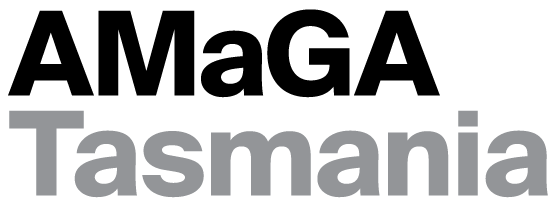
A sanitiser reminder outside a South Hobart pizza restaurant. Photo by K. Ross
During the first few weeks of the
pandemic lockdown, I started documenting its impact on and for myself, as I
walked through my neighbourhood each day last autumn.
I also began asking myself, while working from home: How do you collect history while it is happening? Or more specifically: How do you preserve the impact of a huge global medical catastrophe unleashed by a tiny virus measured in microns – that is in thousandths of a millimetre? And what meanings and significance will the material collected during the heat of such an devastating event have in the future?
I was in the middle of devising a
plan that would enable TMAG to do this when things in Tasmania took a turn for
the worse. In April, the state led nation in the number of reported COVID-19
cases per capita – a record it held for 11 weeks.
To me, this intensified the need to collect the pandemic while it was unfolding. The first thing I did was propose a list of themes to guide the museum’s rapid-response.
These were:
· Medical care
· Self-care/health and mental well-being
· Business and work
· Keeping busy and occupied
· Border control and quarantine
· Everyday life social-distancing
Covid-19 testing sign, Hobart waterfront. Photo by K. Ross
Together, we hoped to document and
collect selectively the things that mattered to Tasmanians during an extraordinary
period of disruption, social-distancing and voluntary self-isolation. Playing
to our strengths, TMAG would collect three-dimensional material plus the
personal stories linked to them while Libraries Tasmania would collect writing,
ephemera, digital images, and websites.
On a webpage hosted by Libraries Tasmania, we used a single brand and put out a combined call to action. We also employed a dedicated generic email address which would help us centralise information about potential donations.This approach has worked really well for each organisation. The majority of material offered has been for the archives, but has enabled Jen to forward offers of material more suitable for a museum directly onto me.
So far, TMAG has reached its minimum
objective of 12 donations, with more items waiting in the wings. As a group,
they capture the experiences of children
and young people, the responses of local community centres, entrepreneurial
innovation, the impact of the pandemic on international and interstate travel,
the community provision of handcrafted PPE, and attempts by Tasmanians to find humour
in the situation.
Johnson family’s superbugs. Photo by TMAG
Sign-maker David Dieckfoss and the author. Photo by D. Ross
As David Dieckfoss, the maker and
the donor of the sign, told the ABC, the idea was that “if we could burn this
dirty, big virus it'd be good for people, and good for the pub, and good for
the community”.
Jenny Sprent’s crocheted coronaviruses. Unknown photographer





